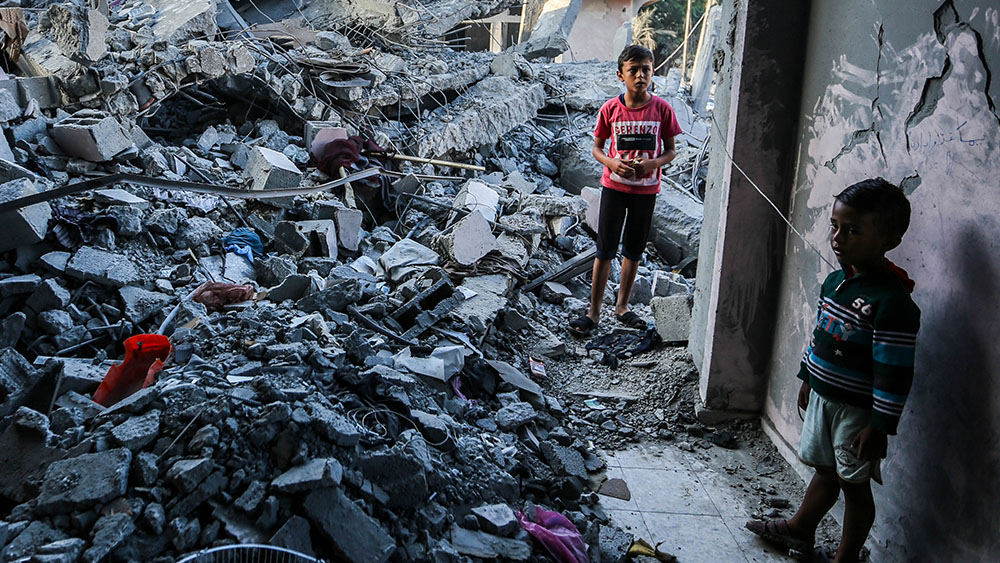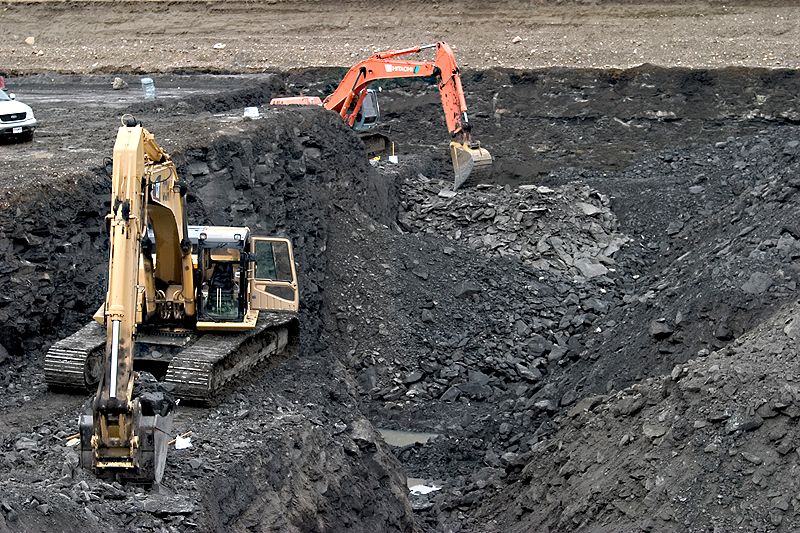
While their rationale that Hamas had a command center beneath the hospital is still not enough to justify military actions there in many people’s minds, the idea that they could have found something substantial and useful in their effort to stop the terrorist group seemed to mollify at least some of their supporters. But what they’ve found in the hospitals they’ve entered in Gaza so far has been underwhelming and could well cost them what little goodwill they had left.
List of terrorists’ names turned out to be a calendar
For example, a video posted by the IDF on its official social media accounts claimed that it found a room in the basement of the al-Rantisi Children’s Hospital with signs that indicated hostages were held there. Israeli army spokesman Daniel Hagari points to what he says is a list of terrorist names written in Arabic that is part of a schedule listing the shifts of terrorists guarding Israeli hostages.
This would be quite vindicating for them if it weren’t for the fact that multiple Arabic speakers immediately took to social media to point out that the words that appeared in the list were actually the Arabic words for the days of the week rather than terrorists’ names. While they concede that the heading does say “Operation Al Aqsa Flood” – the name Hamas uses to describe the current war – and the date of October 7, when Hamas carried out its massacre of Israelis, there are no Hamas agents’ names on the paper.
Of course, this does not mean that Hamas was never in the hospital or that the hostages weren’t held there at some point. However, it does mean that Israel misrepresented the document, which seems like an odd choice to make since it was so easy to debunk. Subsequent mentions of the list on Israel’s social media platforms now refer to it merely as a calendar marking the days since the attack.
Underwhelming evidence
The bodies of two Israeli hostages were found near Al Shifa Hospital this week, and IDF troops said they found a laptop with a picture of a kidnapped IDF soldier on it there, but they later changed their description of the laptop and blurred its screen in video footage, leading to more questions than answers. They also found some militant gear bearing the logo of the armed wing of Hamas, but the weapons cache they found was quite modest.
Although it did take several days for Israeli troops to approach the hospital, which means there was time to move some militant stockpiles, it seems unlikely they could have done much to obscure the elaborate network of tunnels Israel was so convinced they had there.
Israel does claim it located a tunnel shaft and some military equipment at the hospital, but they have not shown the world any proof that a broad-scale command and control center exists there. They released a video of the tunnel shaft, which appears to be reinforced using concrete and has some exposed pipes and cabling, but not much more has been disclosed. They claim they are still working to expose the infrastructure of the tunnel network and intend to offer further evidence.
Israel is running out of time
While it’s possible they have military or security reasons not to divulge everything they found there, Israel is running out of time. Human Rights Watch UN Director Louis Charbonneau explained to Reuters that the protections hospitals have in humanitarian law are only dropped if the hospitals were used to cause harm.
"Hospitals only lose those protections if it can be shown that harmful acts have been carried out from the premises. The Israeli government hasn’t provided any evidence of that," he said.
For Israel, the stakes could not be higher. If they can’t provide credible evidence of the claims they’ve made about the hospital, they could soon be fighting this war alone while facing war crime charges – and even if everything they’ve claimed about the hospital turns out to be true, the world is unlikely to forgive the loss of so many innocent lives.
Sources for this article include:
Please contact us for more information.

















